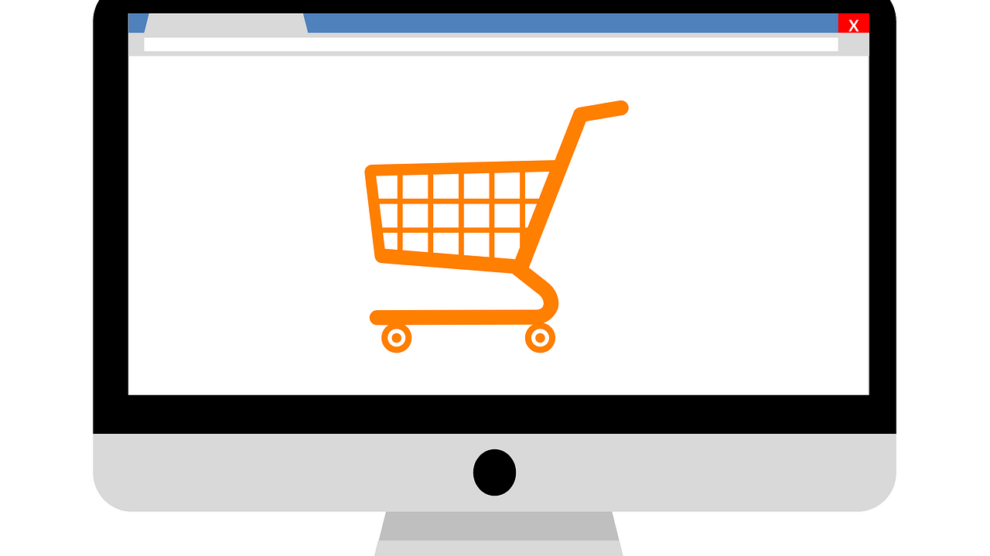Do you know that the revenues from the e-commerce industry will reach up to $8 trillion by 2027?
Hard to believe, isn’t it?
But it’s true. The e-commerce industry is growing rapidly as more and more people are now shopping online.
If you want to sell more products and boost your online presence in front of the target customers, it’s time to optimize your e-commerce website, more specifically, your product pages.
Product pages are the crucial elements of any e-commerce website, as they drive revenue for your e-commerce business. However, many e-commerce business owners do not even consider optimizing product pages important.
But the truth is, if you want to close more sales, your product pages must be fully optimized.
Continue reading if you want to learn all the key tips to optimize product pages, including on-page optimization, enhancing user experience, and more.
Time to dig in!
Product Page Optimization
Product page optimization refers to implementing certain strategic practices that help improve the overall customer experience and boost conversion rates. It includes optimizing on-page elements, enhancing page speed, adding actionable CTAs, posting valuable content, and high-quality product visuals.
Together, all these elements improve user experience and build trust in your e-commerce business, leading to more sales and engagement — the ultimate objective of every business.
Why It Matters?
A common question: Does SEO really matter for e-commerce websites?
How about we address this question with some solid figures?
Let’s do it.
According to a survey, 82% of marketers and SEO professionals believe that optimizing websites with the right SEO strategies boosts their marketing results and helps them achieve their goals.
And?
50% of the experts in this field agree that SEO positively impacts the rankings and conversion rates of business websites.
Looking at it this way, it is now easy to assume that SEO can do wonders for your e-commerce website.
However, many e-commerce businesses prioritize paid advertising over SEO.
Imagine you’ve implemented the right advertising strategy, your e-commerce product pages are ranking on top, and you’re getting clicks as well.
Unfortunately, the visitors are quickly bouncing away, and you aren’t getting any sales.
Why?
Maybe your web page isn’t loading quickly, the product visuals are blurred, or the content structure of the page is completely messed up.
In short, your product page isn’t optimized well enough to keep visitors engaged for long.
To stay ahead of the curve, you need to get your SEO right. And if doing it all by yourself feels overwhelming, you can rely on expert e-commerce SEO services built specifically for your niche to see remarkable results.
Key Takeaway: Search engine optimization is mandatory and comes in first place. If the product pages or the landing pages of your e-commerce website aren’t fully optimized for search engines and users, you can’t succeed.
Win More Sales with These Optimization Tips for Product Pages
Product pages are the fundamental components of an e-commerce business. If you fail to optimize them the right way, your chances of success are slim.
These tips will help you get started.
Craft Effective Meta Titles and Descriptions
Optimizing your meta titles, descriptions, and product tags is essential when you’re refining your product pages. Search engines are quick to flag websites that come across as misleading or shady. If your product descriptions blur the line between highlighting benefits and overpromising, you’re playing a risky game —and Google doesn’t take that lightly.
Crawlers pay close attention to how users interact with your pages. If people land and bounce right off, your rankings will take a hit. So, always make sure your titles, descriptions, tags, and categories are clear, relevant, and true to what you’re offering.
Use High-Quality Images and Product Videos
Visuals have a huge impact on how well your product pages perform. It’s no secret — people are naturally attracted to sharp, appealing images and videos.
But high-resolution product images and videos can actually cost your e-commerce business. If the image or video files are too large or in the wrong format, they can significantly slow down your page.
In most cases, users won’t wait for your product visuals to load; rather, they would prefer exploring another website. Certainly, you wouldn’t like your target customers buying from your competitors instead of you.
To prevent this, upload compressed visuals in the right format that look decent and load fast.
Write Clear, Informative Content with Relevant Keywords
Rolling out updated and valuable content is another crucial aspect that you must consider while optimizing your product pages. Before purchasing something, most potential buyers read complete product descriptions and other relevant details like benefits or ingredients.
It means you need to give them all the information they might be searching for, in a clear and helpful way. And when you naturally include keywords throughout that content, you’re not just helping search engines — you’re also improving the chances of conversion.
Embrace a Responsive Design
Prioritizing a responsive design for your e-commerce website is important if you truly want to move the needle on conversions. According to statistics, 40.4% of the total e-commerce sales on various platforms happen on mobile devices. (Approximate revenue accounts for $534.18 billion)
Considering these facts, you need to embrace a responsive design. It will enable you to present all the necessary product details in a very efficient way. When visitors get everything they need right in front of them, it reduces the bounce rate and boosts customer satisfaction, leading to more sales and business credibility.
Optimize Website Speed
Nearly 53% of users leave the website if the loading time is more than 3 seconds.
Yes, you heard it right.
If your e-commerce product pages are taking this much time to load, you need to optimize them right away.
Fortunately, multiple tools are available to analyze the loading speed of your web pages, like GTmetrix and Google’s PageSpeed Insights. These tools are ideal for pinpointing the issues causing slow loading and offering actionable tips to enhance page speed.
By doing so, you can retain your potential customers for a longer duration, boosting the chance of conversion.
Include a Solid Call-to-action
Last but not least, add a focused, clear, and actionable CTA for your potential customers. While including CTA, make sure you pay close attention to the position and copy of the CTA.
Placing CTA at the very top of the page might frustrate the customer, or adding it at the bottom of the page might not be very effective, as most buyers don’t scroll all the way down.
Ideally, you should add a CTA right after the product description and benefits or somewhere in the middle of the page. About the copy of the CTA, it shouldn’t be too lousy and generic. Try to keep it concise, impactful, and direct.
Together, all these tips will help you convert visitors into potential buyers, the end goal of all these efforts.
The Bottom Line
Fully optimized product pages can serve as a goldmine for your e-commerce business, attracting new customers, increasing sales, and building a loyal customer base.
SEO for an e-commerce website may seem like a lot to do. However, if you initially focus on critical aspects and then slowly expand your efforts, you can achieve success in your industry.
The essential thing to remember is that SEO isn’t an overnight task; it requires ongoing efforts that lead to sustained and long-term growth.





